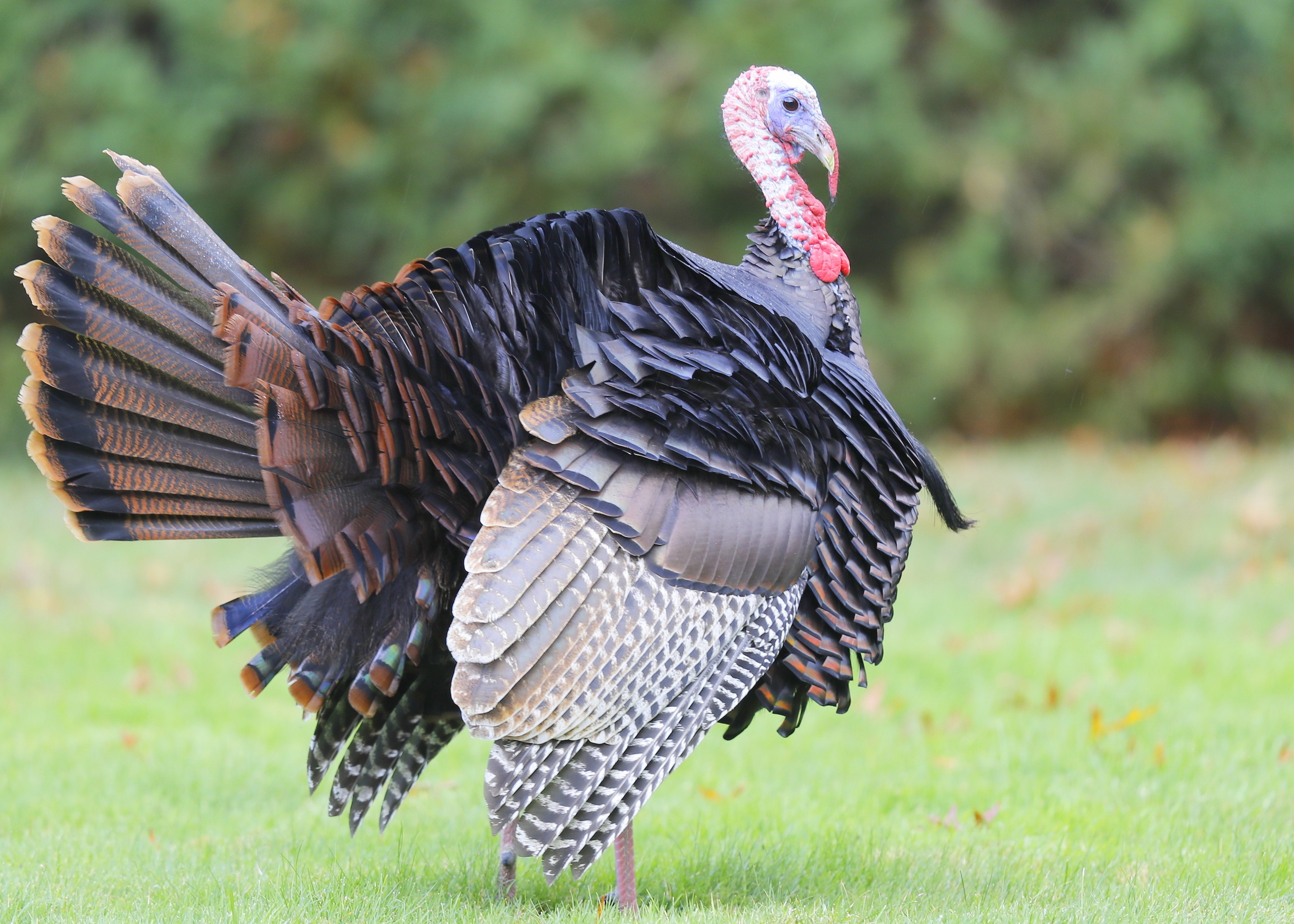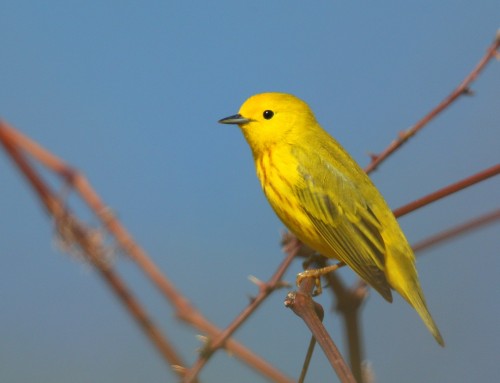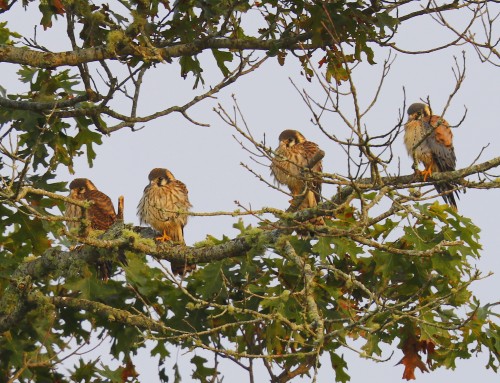Nov. 24, 2023: The adult Wild Turkey is a large bird with a robust and well-built body. Males, known as toms or gobblers, are generally larger than females. They have a long neck, a broad chest, and sturdy legs. Some males also have a beard, a cluster of hair-like feathers, protruding from the chest. When an adult Wild Turkey makes a full display of feathers, it’s a magnificent show of vibrant colors, intricate patterns, and impressive physical posturing. This Wild Turkey was recently seen in downtown Falmouth.
Wild turkeys are capable of flight, but their flying abilities are limited compared to some other bird species. Several factors contribute to the behavior of wild turkeys and their relatively short flight distances:
- Wild turkeys are large and heavy birds. Their body structure and weight make it more challenging for them to achieve sustained flight. While they can fly short distances to escape predators or roost in trees, their flight is generally not as powerful or enduring as that of smaller, more agile birds.
- Turkeys are ground-dwelling birds that prefer to spend a significant amount of time foraging on the ground. Their habitats often include open fields and forested areas where they can find food. Since they are adapted to terrestrial life, they don’t rely on flight as a primary means of transportation.
- Wild turkeys have evolved to rely on their ability to run and hide as their main defense mechanism. When faced with danger, they are more likely to run and take cover in vegetation rather than taking to the air. Flight is generally reserved for situations where they need to quickly escape from immediate threats.
- While Wild turkeys may not be known for long flights, they are capable of short bursts of powerful flight. This ability is often used during times of danger or to reach roosting sites in trees. However, they usually prefer to conserve energy and move on the ground when possible.
- The flight feathers of wild turkeys are not as well-developed as those of some other bird species that are strong fliers. This contributes to their limited flight capabilities.
It’s important to note that while wild turkeys may not be frequent fliers, they are well-adapted to their ground-based lifestyle and have evolved effective strategies for survival in their specific habitats.







Leave A Comment
You must be logged in to post a comment.